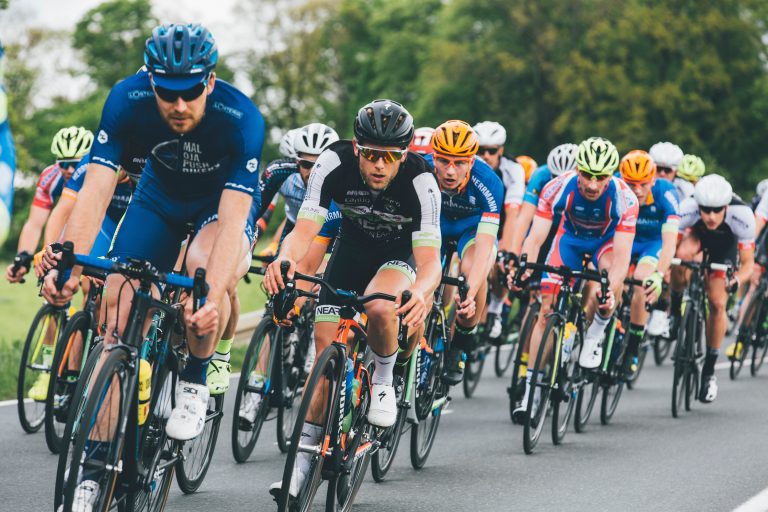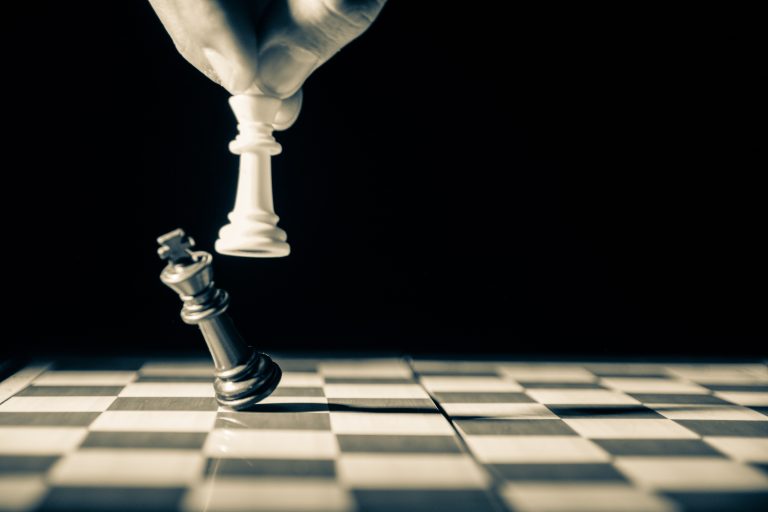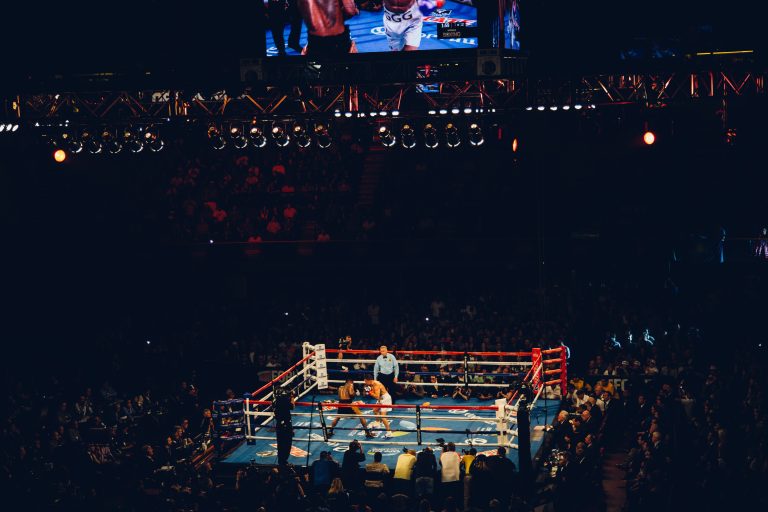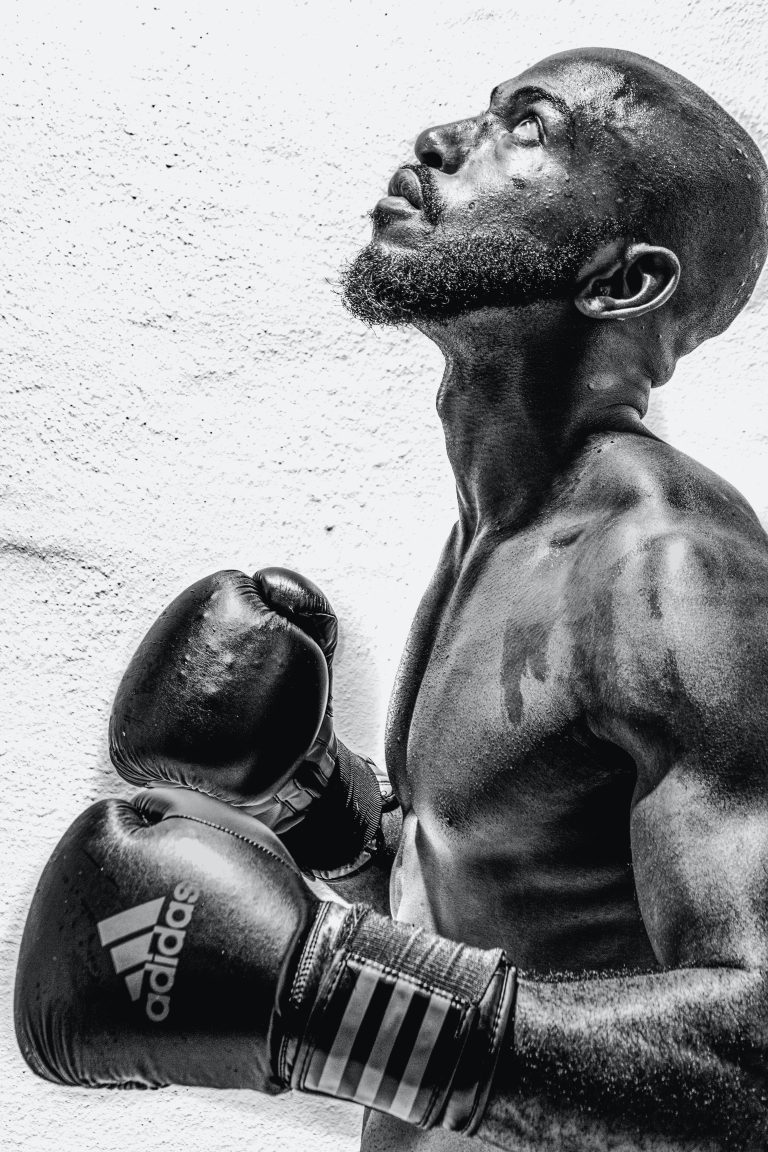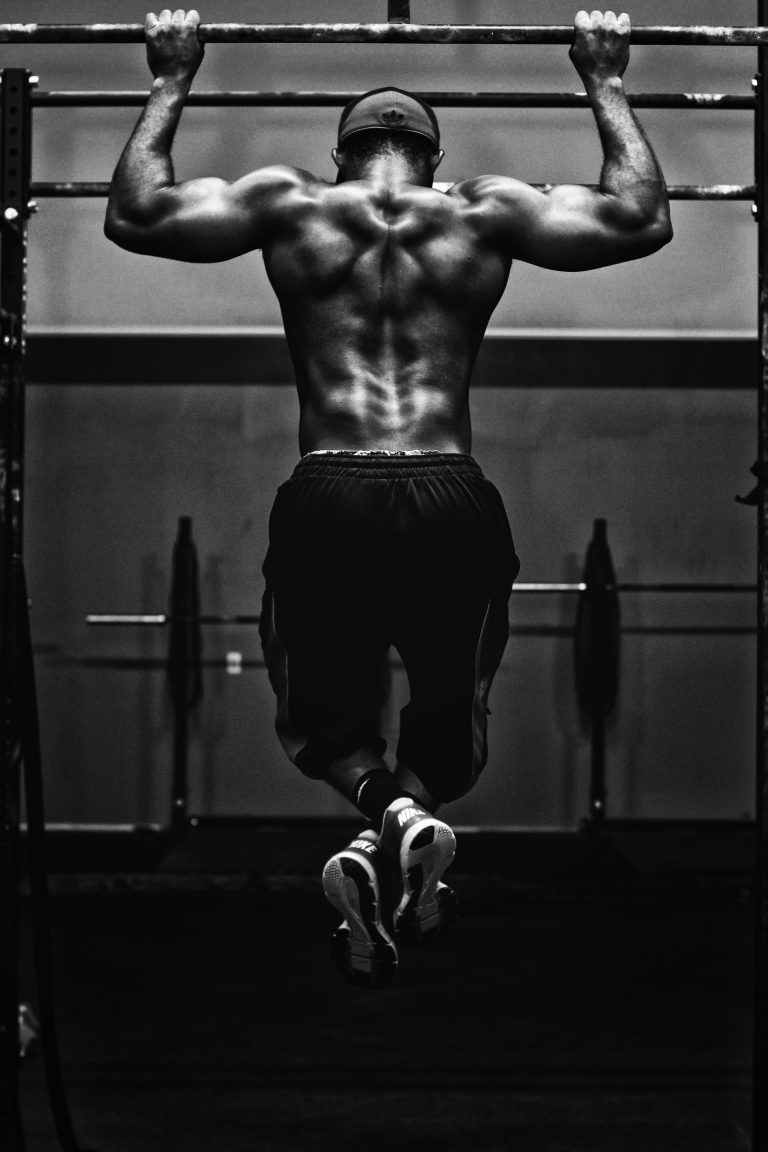Shotokan Karate Belt Ranking System
Shotokan karate is one of the most popular styles of martial arts in the world. It was founded by Gichin Funakoshi in the early 20th century and has since spread globally, with millions of practitioners worldwide. Like many traditional martial arts, shotokan has a belt ranking system that is used to recognize a practitioner’s progression and experience in the art.
In this blog post, we will explore the shotokan belt ranking system and provide a detailed breakdown of each belt level, the requirements to progress to the next level, and the significance of each belt.
Belt System Overview
Shotokan karate has a specific belt system that divides practitioners into beginner, intermediate, and advanced levels. The ranking system has ten levels, with the lowest being white belt and the highest being the black belt.
The shotokan belt ranking system is structured in a way that indicates the practitioner’s experience, discipline, and mastery in the style. Each belt level has its own set of requirements that must be fulfilled before the student can advance to the next level.
Most shotokan karate dojo follow a standardized ranking system, which means the requirements and testing procedures are the same at every dojo. However, some dojos may have their own versions of the ranking system, which means the requirements may vary.
White Belt – 10th Kyu
The white belt is the first level in the shotokan karate ranking system, and it signifies the beginning of the practitioner’s journey in the art. This level is often referred to as the tenth kyu.
To achieve the white belt, the student must learn and demonstrate the basic techniques of shotokan karate. These include the basic punches, kicks, and blocks, as well as stances and movements. The student is also expected to learn some of the basic terminology used in shotokan karate.
The testing procedure for the white belt is typically a demonstration of the basic techniques performed in front of the instructor or a panel of judges. Once the student has demonstrated proficiency in these techniques, they will receive their white belt.
Yellow Belt – 9th Kyu
The yellow belt is the second level in the shotokan karate ranking system, and it signifies the advancement of the student’s skills and knowledge in the art. This level is often referred to as the ninth kyu.
To achieve the yellow belt, the student must learn and demonstrate more advanced techniques than those required for the white belt. These techniques include more complex punches, kicks, and blocks, as well as additional stances and movements.
The student is also expected to learn more of the terminology used in shotokan karate and demonstrate a basic understanding of the history and philosophy of the art.
The testing procedure for the yellow belt is typically a demonstration of the more advanced techniques performed in front of the instructor or a panel of judges. Once the student has demonstrated proficiency in these techniques and understanding of the history and philosophy of the art, they will receive their yellow belt.
Orange Belt – 8th Kyu
The orange belt is the third level in the shotokan karate ranking system, and it signifies the further advancement of the student’s skills and knowledge in the art. This level is often referred to as the eighth kyu.
To achieve the orange belt, the student must learn and demonstrate even more advanced techniques than those required for the yellow belt. These techniques include more complex punches, kicks, and blocks, as well as additional stances and movements.
The student is also expected to continue their study of the history and philosophy of the art and demonstrate a deeper understanding of these concepts.
The testing procedure for the orange belt is typically a demonstration of the more advanced techniques performed in front of the instructor or a panel of judges. Once the student has demonstrated proficiency in these techniques and a deeper understanding of the history and philosophy of the art, they will receive their orange belt.
Green Belt – 7th Kyu
The green belt is the fourth level in the shotokan karate ranking system, and it signifies a high level of proficiency in the art. This level is often referred to as the seventh kyu.
To achieve the green belt, the student must continue to learn and demonstrate more advanced techniques than those required for the orange belt. These techniques include more complex punches, kicks, and blocks, as well as additional stances and movements.
The student is also expected to learn basic applications of these techniques and develop a deeper understanding of the underlying principles of the art.
The testing procedure for the green belt is typically a demonstration of the more advanced techniques performed in front of the instructor or a panel of judges. Once the student has demonstrated proficiency in these techniques and a deeper understanding of the underlying principles of the art, they will receive their green belt.
Blue Belt – 6th Kyu
The blue belt is the fifth level in the shotokan karate ranking system, and it signifies the student’s proficiency in the art’s advanced techniques. This level is often referred to as the sixth kyu.
To achieve the blue belt, the student must continue to learn and demonstrate more advanced techniques than those required for the green belt. These techniques include more complex punches, kicks, and blocks, as well as additional stances and movements.
The student is also expected to learn and demonstrate basic sparring techniques and start to develop an understanding of the art’s self-defense applications.
The testing procedure for the blue belt is typically a demonstration of the more advanced techniques, including sparring applications performed in front of the instructor or a panel of judges. Once the student has demonstrated proficiency in these techniques and a basic understanding of sparring and self-defense concepts, they will receive their blue belt.
Purple Belt – 5th Kyu
The purple belt is the sixth level in the shotokan karate ranking system, and it signifies the student’s proficiency in the art’s more advanced techniques. This level is often referred to as the fifth kyu.
To achieve the purple belt, the student must continue to learn and demonstrate more advanced techniques than those required for the blue belt. These techniques include more complex punches, kicks, and blocks, as well as additional stances and movements.
The student is also expected to continue to develop their understanding of sparring and self-defense applications and start to explore more advanced concepts in these areas.
The testing procedure for the purple belt is typically a demonstration of the more advanced techniques, including sparring and self-defense applications performed in front of the instructor or a panel of judges. Once the student has demonstrated proficiency in these techniques and a continued advancement in sparring and self-defense skills, they will receive their purple belt.
Brown Belt – 3rd and 4th Kyu
The brown belt is the seventh level in the shotokan karate ranking system, and it signifies the student’s advanced skills and knowledge in the art. This level is often broken into two ranks, the third and fourth kyu.
To achieve the brown belt, the student must continue to learn and demonstrate more advanced techniques than those required for the purple belt. These techniques include even more complex punches, kicks, and blocks, as well as more advanced stances and movements.
The student is also expected to continue their study and demonstration of sparring and self-defense applications and start to develop teaching and leadership skills that will be required in the future.
The testing procedure for the brown belt is typically a demonstration of the more advanced techniques, including sparring and self-defense applications performed in front of the instructor or a panel of judges. Once the student has demonstrated proficiency in these techniques and a high level of teaching and leadership skills, they will receive their brown belt.
Black Belt – 1st and 2nd Dan
The black belt is the highest level in the shotokan karate ranking system, and it signifies the student’s mastery of the art. This level is often broken into two ranks, the first and second dan.
To achieve the black belt, the student must continue to learn and demonstrate more advanced techniques than those required for the brown belt. These techniques include some of the most complex punches, kicks, and blocks, as well as advanced stances and movements.
The student is also expected to continue their study and demonstration of sparring and self-defense applications and develop a deep understanding of the history and philosophy of the art.
The testing procedure for the black belt is typically a demonstration of the most advanced techniques, including sparring and self-defense applications performed in front of the instructor or a panel of judges. Once the student has demonstrated proficiency in these techniques and a deep understanding of the history and philosophy of the art, they will receive their black belt.
Shotokan Karate Belt Ranking System: Frequently Asked Questions
If you are new to Shotokan Karate, you may have many questions about the different colored belts and what they represent. The belt ranking system is an essential part of the practice and progression of Shotokan Karate. In this post, we will feature some of the most frequently asked questions regarding the Shotokan Karate belt ranking system.
What is the Shotokan Karate Belt Ranking System?
Shotokan Karate uses a colored belt ranking system to signify a student’s level of expertise in the art. The ranking system is designed to motivate students, mark their progress and offer a guide for setting personal goals. There are ten levels in the Shotokan Karate Belt System, each represented by a different color.
What are the Belt Colors, and what do they represent?
Here are the ten belt colors in order of progression: white, yellow, orange, green, blue, purple, red, brown, black, and finally, black with white stripes. White is the starting level, and black with white stripes signifies the highest degree of proficiency.
Each of the belt colors represents a specific level of proficiency and is well-earned through dedication and hard work. A student’s rank signifies their respective practical proficiency, technical advancement, and the mastery of the fundamental techniques of the art.
How long does it take to get a black belt in Shotokan Karate?
In Shotokan Karate, it takes an average of five years to earn a black belt. However, this varies from student to student as it depends on the individual’s dedication, time and effort in practice, and the quality of instruction that they receive.
What do I need to do to progress through the ranks?
To progress through the ranks, a student must attend classes regularly and show improvement in their technique and skill level. Additionally, they must complete specific requirements such as kata, kihon, and sparring or kumite that are relevant to their level.
What is Kata?
Kata is a term used in Shotokan Karate to refer to a set sequence of movements that simulate combat against imaginary opponents. Kata is an essential component of the Shotokan Karate belt ranking system and helps students develop their technique, form, and concentration.
Do I need to compete in tournaments to progress in Shotokan Karate?
No, it is not a requirement for students to compete in tournaments for progression in the Shotokan Karate Belt Ranking System. However, competing in tournaments may provide additional benefit to students as it can act as additional motivation and help develop their confidence and fighting abilities.
When can I start teaching Shotokan Karate?
To start teaching Shotokan Karate, one must first achieve a black belt in the discipline. After earning a black belt, a student may begin to teach the art under the supervision and guidance of their Sensei.
Shotokan Karate Belt Ranking System: A Step-by-Step Guide
Shotokan Karate is a traditional Japanese martial art that has gained popularity worldwide for its practical applications in self-defense and improving physical fitness. It is essential to understand the Shotokan Karate Belt Ranking System as it measures an individual’s progression and skill level. The system follows a specific order of belts that signify the mastery of techniques, katas, and kumites.
Here we have prepared a detailed guide on Shotokan Karate Belt Ranking System for karate enthusiasts, beginners or anyone interested in pursuing Shotokan Karate.
Understanding the Belt Ranking System
The Shotokan Karate Belt Ranking System comprises ten levels, each denoted by a unique color. The order of the belts from the beginner level to the advanced level is White, Yellow, Orange, Green, Blue, Purple, Brown, and Black.
The ultimate aim of a karate student is to achieve the highest level, which is the 10th Dan or the Red Belt. However, achieving this level takes years of dedication and consistent efforts.
Step-by-Step Guide to Shotokan Karate Belt Ranking System
1. White Belt: Beginner Level
The white belt is the starting level for a karate student, where they learn the fundamental techniques of Shotokan Karate. The techniques taught at this level include basic punches, strikes, and kicks. Students are also introduced to the basic Katas, like Heian Shodan and Taikyoku Shodan, and basic Kihon Kumite (Sparring).
2. Yellow Belt: 8th Kyu
After completing the White Belt syllabus, students graduate to the Yellow Belt. At this level, students learn more advanced techniques and Katas, like Heian Nidan and Heian Sandan. The focus on controlling movements, essential techniques, and form is greater than in the white belt phase.
3. Orange Belt: 7th Kyu
When a student completes the Yellow Belt syllabus, they progress to the Orange Belt level. The emphasis at this stage is on the execution of the techniques taught in the earlier levels. The emphasis here is on improving the students’ speed and power, along with Katas such as Tekki Shodan.
4. Green Belt: 6th Kyu
The Green Belt is the next progression after the Orange Belt level for karate students. At this point, students are required to learn some advanced techniques like spinning kicks, jumping kicks and include Katas like Bassai Dai.
5. Blue Belt: 5th Kyu
The Blue Belt level is all about execution, precision, and control, which are taught through katas like Kanku Dai, and a combination of advanced techniques, such as counter-attacks and advanced strikes.
6. Purple Belt: 4th Kyu
The Purple Belt level focuses on the complexity of katas like Gojushiho, which is also called the „50 Steps.“ The emphasis is on building endurance through advanced kumite techniques that include the ability to predict and evade.
7. Brown Belt: 3rd Kyu
The Brown Belt level is further divided into three stages – third, second, and first kyu. It emphasizes the importance of principle-based techniques and specialized techniques like Gojushiho Sho and advanced kumite techniques like Jiyu Kumite.
8. Black Belt: 1st Dan
The black belt is the ultimate goal for every Shotokan Karate student. It represents the level of mastery of techniques, katas, and kumites that a student has achieved. At the black belt level, the karate student must show the highest level of control over their body and mind, and the ability to apply that control to their surroundings.
9. Advanced-level Black Belts: 2nd – 9th Dan
The 1st Dan black belt is just the beginning of the journey into karate mastery. The practitioner must continue to practice and learn, attain the higher levels, and ultimately aim for the 10th Dan or the Red Belt.
10. Red Belt: 10th Dan
The highest level in Shotokan Karate is represented by the 10th Dan or the Red Belt. Only a few karate students in the world have achieved this level, and it requires years of dedication and consistent practice.
Conclusion
Shotokan Karate Belt Ranking System is a crucial aspect that every karate practitioner needs to understand. The system offers a structured way of measuring progress, promoting consistent learning and development in Shotokan Karate. Regardless of the level, every karate student’s goal should be to apply the principles and techniques of Shotokan Karate and achieve personal growth along their journey.
Inhaltsverzeichnis

